
-
Potassium Citrate CAS:866-84-2
Food additives Preservative Potassium Citrate Potassium Citrate CAS:866-84-2 , also known as potassium citrate and tripotassium citrate. A citrate with the formula C6H5K3O7 and a molecular weight of 306.39500. It is a white or yellowish crystalline particle or crystalline powder that is odorless, salty, cool, deliquable, soluble in water and almost insoluble in ethanol. Relative density 1.98. Heat to 230 ℃ to melt and decompose. Specification: Potassium Citrate pharma grade Potassium Citrate Industrial grade Potassium Citrate Food grade * Please refer to Certificate of Analysis for lot specific data. Application: 1)Acidity regulator, chelator, stabilizer, etc. Our regulation potassium citrate can be used in all kinds of food, according to the production needs of appropriate use. Medically, it can be used to control uric acid or cystine from or in kidney stones, and to prevent hypokalemia and alkalinized urine. 2)It is used as buffer, chelating agent, stabilizer, antioxidant, emulsifier and flavoring agent in food industry. Potassium citrate can also be used in milk and dairy products, jelly, jam, meat, canned water gel snacks, cheese emulsification, citrus preservation, etc. It is used in the pharmaceutical industry for hypokalemia and potassium deficiency and alkalization of urine. 3) Used as preservative, stabilizer and pH buffer, etc. Our COUNTRY REGULATION CAN BE USED FOR ALL KINDS OF FOOD, NEED USE ACCORDING TO PRODUCTION. Packing: 25kg/bagTags : tripotassium citrate anhydrous CAS:866-84-2 Potassium Citrate factory food addtive acidity regulator food preservative
-
3-bromo-1-(3-chloro-2-pyridinyl)-1H-Pyrazole-5-carboxylic acid CAS NO.500011-86-9
Product details 3-bromo-1-(3-chloro-2-pyridinyl)-1H-Pyrazole-5-carboxylic acid CAS NO.500011-86-9 Payment:T/T Min order:1000kgs Lead time:7-15 daysTags : Wholesale 3-bromo-1-(3-chloro-2-pyridinyl)-1H-Pyrazole-5-carboxylic acid 3-bromo-1-(3-chloro-2-pyridinyl)-1H-Pyrazole-5-carboxylic acid CAS NO.500011-86-9 Intermediate of chloramphenicol 3-bromo-1-(3-chloro-2-pyridinyl)-1H-Pyrazole-5-carboxylic acid raw material 3-bromo-1-(3-chloro-2-pyridinyl)-1H-Pyrazole-5-carboxylic acid supplier
-
Lambda cyhalthrin acid CAS NO.72748-35-7
Product details Lambda cyhalthrin acid CAS NO. 72748-35-7 Payment:T/T Min order:1000kgs Lead time:7-15 daysTags : Hot sale Lambda cyhalthrin acid Lambda cyhalthrin acid solid Intermediate of pyrethroid acid Manufacture of Lambda cyhalthrin acid Lambda cyhalthrin acid supplier Lambda cyhalthrin acid raw material
-
N-Phosphonomethyl aminodiacetic acid CAS NO.5994-61-6
Product details N-Phosphonomethyl aminodiacetic acid CAS NO. 5994-61-6 Payment:T/T Min order:1000kgs Lead time:7-15 daysTags : Intermediate of glyphosate Factory N-Phosphonomethyl aminodiacetic acid N-Phosphonomethyl aminodiacetic acid CAS NO.5994-61-6 N-Phosphonomethyl aminodiacetic acid 25kg/bag N-Phosphonomethyl aminodiacetic acid powder
-
ACID CITRIC MONOHYDRATE CAS NO.5949-29-1
Name: ACID CITRIC MONOHYDRATE CAS No.: 5949-29-1 Appearance: white crystalline powder Molecular formula: C6H10O8 Molecular Weight: 210.1388 Density: 1.54g/cm3 Melting point: 135-152°C Boiling point: 56°C760mm Hg Flash point: 173.9°C Vapor pressure: 184 mm Hg ( 20 °C) molecular structure:Tags : HYDROXYTRICARBALLYLIC ACID MONOHYDRATE CAS NO.5949-29-1 Citricacidhydrate Citric acid Monohydride CITRIC ACID H2O Citric acid Mono
-
k3-bromo-1-(3-chloropyridin-2-yl)-1H-pyrazole-5-carboxylic acid CAS NO.500011-86-9
Product Name:k3-bromo-1-(3-chloropyridin-2-yl)-1H-pyrazole-5-carboxylic acid CAS NO. 500011-86-9 Payment:T/T Min order:1000kg Lead time:7-15 daysTags : K acid Wholesale K acid k3-bromo-1-(3-chloropyridin-2-yl)-1H-pyrazole-5-carboxylic acid K acid suppliers high quality K acid
-
2-Hydroxypropyl methacrylate
nature Hydroxypropyl methacrylate (HPMA) is a commonly used polymer material. 1. Appearance: The appearance of hydroxypropyl methacrylate is a colorless transparent liquid 2. Solubility: Soluble in water and also in most organic solvents, such as alcohols, ethers, esters, and aromatics. 4. Density: The density of hydroxypropyl methacrylate is 1.11-1.18 g/cm3. 6. Chemical stability: It has good chemical stability, is not easy to decompose, and will not react with most chemical substances. 7. Thermal stability: Hydroxypropyl methacrylate has good thermal stability, and its thermal stability is relatively high at high temperatures. 8. Oxidation stability: It has a certain resistance to oxidation and is not prone to oxidation and deterioration. Preparation 1. Add initiators such as hydroxypropyl methacrylate (HPMA) and hydrogen peroxide to the reactor, as well as an appropriate amount of solvents (such as methanol, ethanol, etc.). 2. Seal and shake the reaction kettle or heat it to react, causing the initiator to crack at an appropriate temperature, resulting in free radical polymerization of HPMA. After the reaction is completed, precipitate or precipitate the product with acidic water or organic solvents. 4. Filter and collect the product, wash and dry to obtain the pure product. The above is a simple preparation process for hydroxypropyl methacrylate, and the specific operating parameters and process flow may vary depending on different preparation methods and requirements. application 1. Paint and ink industry: it can be added to paint and ink as lotion and diluent to improve its viscosity, rheology and adhesion. 2. Cosmetics: Can be used in cosmetic products, such as hair gel, curling agents, sunscreen, etc., to thicken, moisturize, and prevent sun damage. 3. Daily necessities: It can be added as a thickener to daily necessities, such as detergents, facial cleansers, toothpaste, etc. 4. Pharmaceutical field: It can be used in drug sustained-release systems, such as artificial joint lubricants or eye drops for injection. In the future, with the continuous development of technology, the application prospects of hydroxypropyl methacrylate will become increasingly broad. For example, in the fields of biomedicine and drug delivery, cell delivery, and the preparation of nanomaterials, polymer materials such as hydroxypropyl methacrylate are also useful -
2-Hydroxy Ethyl Methacrylate CAS: 868-77-9
Hydroxyethyl methacrylate (HEMA) is a non-toxic, harmless, and widely used reagent, commonly used for soft lens materials, lens materials, or as a monomer for preparing dense ceramics and glass. Polyhydroxyethyl methacrylate (PHEMA) is a promising biopolymer with significant inertness, biocompatibility, and insolubility. Method 1: Place 100 ml of toluene, 62.1 (1 mol) parts of ethylene glycol, and enzymes (Novozym 435, 0.04 parts, 0.01 parts of sodium carbonate, and 0.01 parts of hydroquinone manufactured by Novo) into a 1-liter glass flask connected to a cooling tube receiver (for measuring moisture) and a reflux side tube, and heat to 40 ° C. 72.1 parts (1mol) of acrylic acid were added in batches within 10 minutes, while stirring step by step. After completing the total addition, the mixture was stirred at the same temperature under reduced pressure of 10mPa. After the reaction, the target acrylate was obtained by filtering and separating the catalyst and additives. The time required for the reaction is approximately 6 hours. The yield and composition of the obtained acrylate were determined by gas chromatography (hereinafter abbreviated as GC). [0044] [Example 2] [0045] Except for changing 72.1 parts (1 mol) of acrylic acid to 86.1 parts (1 mol) of methacrylic acid in Example 1, the target compound was obtained in a similar manner to Example 1. The time required for the reaction is approximately 5 hours. The yield of hydroxyethyl methacrylate (HEMA) was 98.5% by gas chromatography. The synthesis is continuous as shown in Figure 1. Method 2: Add 31.05g ethylene glycol (EG, 0.5mol), 47.35g (0.55mol) methacrylic acid, 40g (inside, 22g water in the catalyst before use, 18g dry weight) strong acid ion exchange resin (Amberlite IR124: gel type, 12% cross-linking degree, no pore), 0.086g HO-TEMPO, 0.086g hydroquinone and 200g toluene into a 500ml glass flask equipped with Dean Stark device, cooling pipe, thermometer and air inlet pipe, Then heat and stir at 100 ℃, while using a pump to add water at a rate of 2g/h. The water formed in the reaction is azeotropic with toluene and removed through the Dean Stark device. After 5 hours, the conversion rate of hydroxyethyl methacrylate was 87.3%. The synthesis is continuous as shown in Figure 1. purpose Hydroxyethyl methacrylate is mainly used for modifying resins and coatings. Copolymerization with other acrylic monomers can produce acrylic resins with active hydroxyl groups in the side chains, which can undergo esterification and crosslinking reactions, synthesize insoluble resins, improve adhesion, and can be used as fiber treatment agents. It reacts with melamine formaldehyde (or urea formaldehyde) resin, epoxy resin, etc. to manufacture two component coatings. Adding it to high-end car paint can maintain the mirror gloss for a long time. It can also be used as an adhesive for synthetic textiles and as a medical polymer monomerTags : 2-Hydroxy Ethyl Methacrylate CAS: 868-77-9 C6H10O3 HEMA
-
2-hydroxy ethyl methacrylate CAS: 868-77-9
Hydroxyethyl methacrylate (HEMA) is a non-toxic, harmless, and widely used reagent, commonly used for soft lens materials, lens materials, or as a monomer for preparing dense ceramics and glass. Polyhydroxyethyl methacrylate (PHEMA) is a promising biopolymer with significant inertness, biocompatibility, and insolubility. Method 1: Place 100 ml of toluene, 62.1 (1 mol) parts of ethylene glycol, and enzymes (Novozym 435, 0.04 parts, 0.01 parts of sodium carbonate, and 0.01 parts of hydroquinone manufactured by Novo) into a 1-liter glass flask connected to a cooling tube receiver (for measuring moisture) and a reflux side tube, and heat to 40 ° C. 72.1 parts (1mol) of acrylic acid were added in batches within 10 minutes, while stirring step by step. After completing the total addition, the mixture was stirred at the same temperature under reduced pressure of 10mPa. After the reaction, the target acrylate was obtained by filtering and separating the catalyst and additives. The time required for the reaction is approximately 6 hours. The yield and composition of the obtained acrylate were determined by gas chromatography (hereinafter abbreviated as GC). [0044] [Example 2] [0045] Except for changing 72.1 parts (1 mol) of acrylic acid to 86.1 parts (1 mol) of methacrylic acid in Example 1, the target compound was obtained in a similar manner to Example 1. The time required for the reaction is approximately 5 hours. The yield of hydroxyethyl methacrylate (HEMA) was 98.5% by gas chromatography. The synthesis is continuous as shown in Figure 1. Method 2: Add 31.05g ethylene glycol (EG, 0.5mol), 47.35g (0.55mol) methacrylic acid, 40g (inside, 22g water in the catalyst before use, 18g dry weight) strong acid ion exchange resin (Amberlite IR124: gel type, 12% cross-linking degree, no pore), 0.086g HO-TEMPO, 0.086g hydroquinone and 200g toluene into a 500ml glass flask equipped with Dean Stark device, cooling pipe, thermometer and air inlet pipe, Then heat and stir at 100 ℃, while using a pump to add water at a rate of 2g/h. The water formed in the reaction is azeotropic with toluene and removed through the Dean Stark device. After 5 hours, the conversion rate of hydroxyethyl methacrylate was 87.3%. The synthesis is continuous as shown in Figure 1. purpose Hydroxyethyl methacrylate is mainly used for modifying resins and coatings. Copolymerization with other acrylic monomers can produce acrylic resins with active hydroxyl groups in the side chains, which can undergo esterification and crosslinking reactions, synthesize insoluble resins, improve adhesion, and can be used as fiber treatment agents. It reacts with melamine formaldehyde (or urea formaldehyde) resin, epoxy resin, etc. to manufacture two component coatings. Adding it to high-end car paint can maintain the mirror gloss for a long time. It can also be used as an adhesive for synthetic textiles and as a medical polymer monomer -
2-HYDROXYPROPYL ACRYLATE CAS NO.:25584-83-2
Chemical properties This product is a transparent liquid with a chromaticity below 30. Relative density 1.0536, boiling point 77 ℃ (666.61Pa), refractive index 1.4443, flash point (open cup) 100 ℃, freezing point below -60 ℃. The glass transition temperature of the polymer is -70 ℃. Dissolve in water and general organic solvents. It can be mixed with water in any proportion. Purpose It can be used as a modifier in the production of thermosetting coatings, adhesives, fiber treatment agents, and synthetic resin copolymers. It can also be used as one of the main cross-linking functional group monomers for acrylic resins. Production method Acrylic acid and epoxy propane undergo an addition reaction in the presence of a catalyst and polymerization inhibitor to produce a crude product of 2-hydroxypropyl acrylate, which is then degassed and distilled to obtain the final product. Acrylic acid is obtained by oxidation of propylene or hydrolysis of acrylonitrile.
 call us :
call us :  send a message :
send a message : 









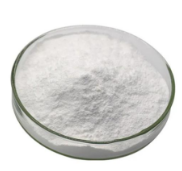
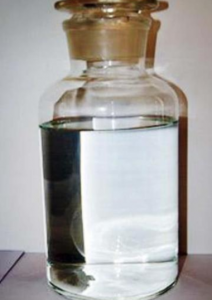
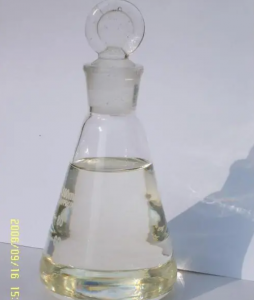
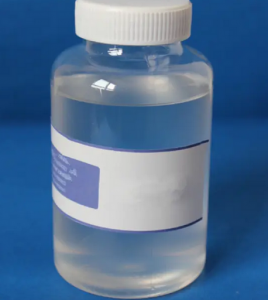
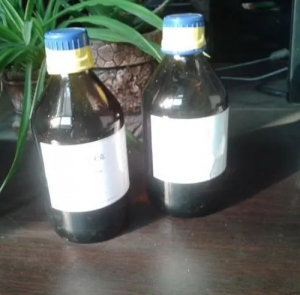
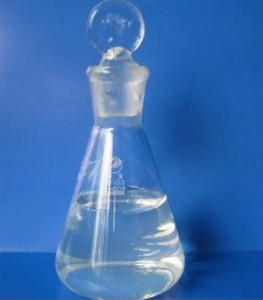
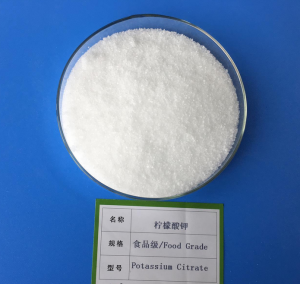
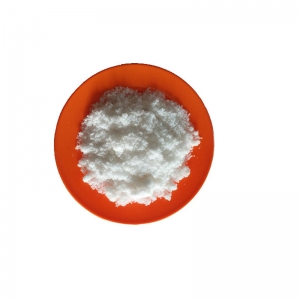
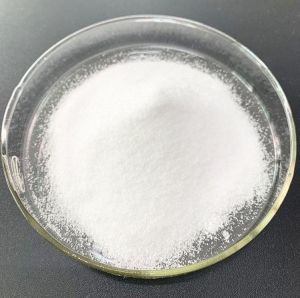
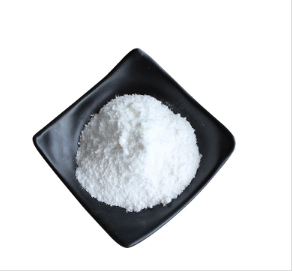
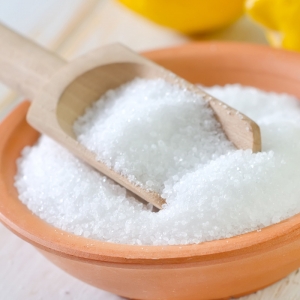
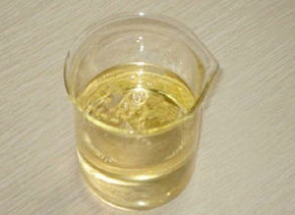
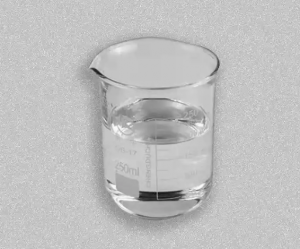
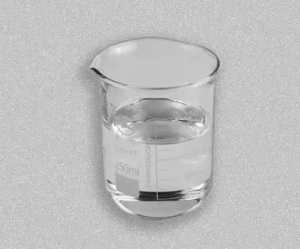
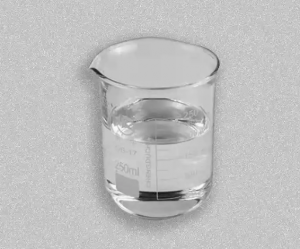
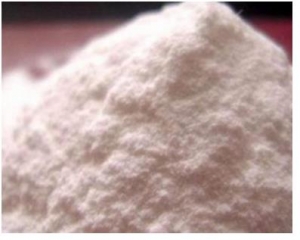
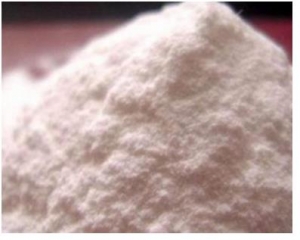


 online service
online service +8613866722531
+8613866722531

 +8613866722531
+8613866722531